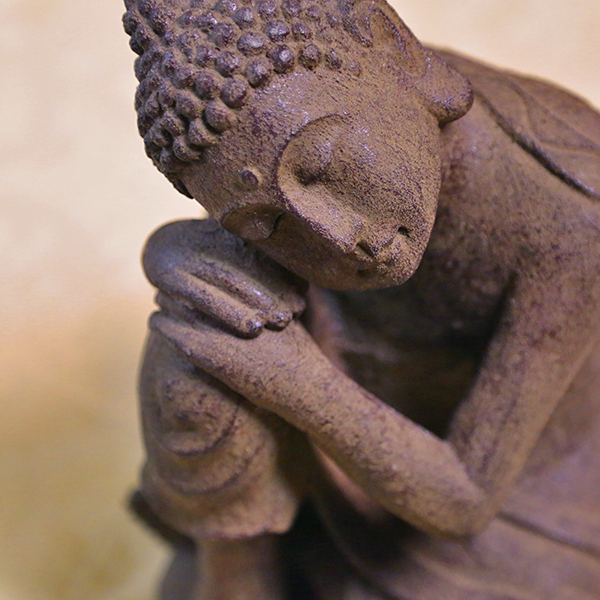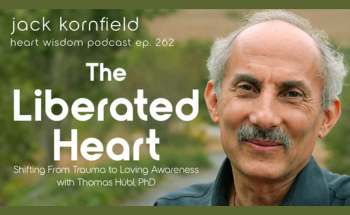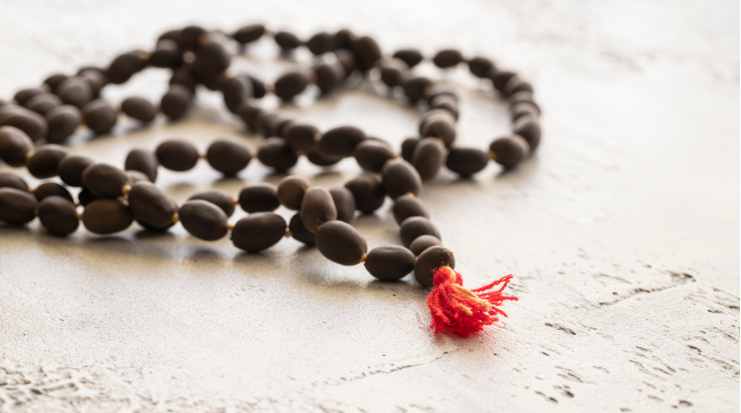Buddhist psychology helps us distinguish two critical aspects of feeling. The first and most essential quality is called the primary feeling. According to this perspective, every moment of our sense experience has a feeling tone. Like valence in chemistry, each sight, sound, taste, touch, smell or thought will have either a pleasant, painful or neutral quality. Modern neuroscience confirms that everything that registers in the brain is assigned some negative or positive valence. The primary feeling tone comes first. Then, born out of this simple feeling tone, there arises a whole array of secondary feelings, all the emotions we are familiar with, from joy and anger to fear and delight. “Working with the primary feelings is a direct route to enlightenment,” explained one of my Burmese teachers. The stream of primary feelings is always with us, but we often have the mistaken notion that life is not supposed to be this way. We secretly believe that if we can act just right, then our stream of feelings will be pleasant and there will be no pain, no loss. So when a painful experience arises we try to get rid of it, and when a pleasant experience arises we try to grasp it. When a neutral experience arises we tend to ignore it. We’re always wanting the right (pleasant) feelings and trying to avoid the wrong (painful) ones. And when they are unpleasant we react endlessly, struggling to get it right. As we become wiser we realize that fixing the flow of feelings doesn’t work.
Primary feelings are simply feelings, and every day consists of thousands of pleasant, painful and neutral moments, for you, Condoleeza Rice, Mick Jagger and the Buddha alike. These feelings are not wrong or bad. They are the stream of feelings of life. Sylvia Boorstein, my colleague, writes, “What a relief it was for me to go to my first meditation retreat and hear people who seemed quite happy speak the truth so clearly – the First Noble Truth that life is difficult and painful, just by its nature, not because we’re doing it wrong.” Our painful experience does not represent failure. Meditation masters have sickness and pain like the rest of us. Suzuki Roshi, Ramana Maharshi and the 16th Karmapa Lama died of cancer. Ajahn Chah suffered a brain hemorrhage that left him in a coma for years and Lama Yeshe writes of the incredible difficulty of long periods of hospitalization from heart failure. “After 41 days of intensive care, my body was like the lord of a cemetery, my mind like an anti-god and my speech like the barking of an old, mad dog.” And yet, they were masters. Their practice was to accept pleasure, pain and neutral experience in a gracious way. This excerpt is taken from the book, “The Wise Heart”






